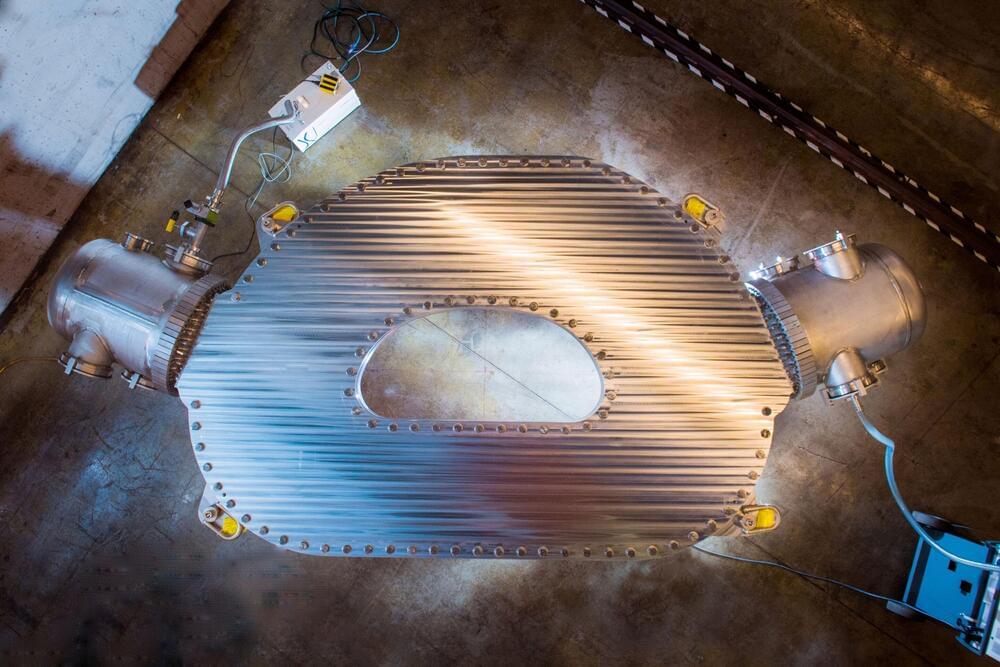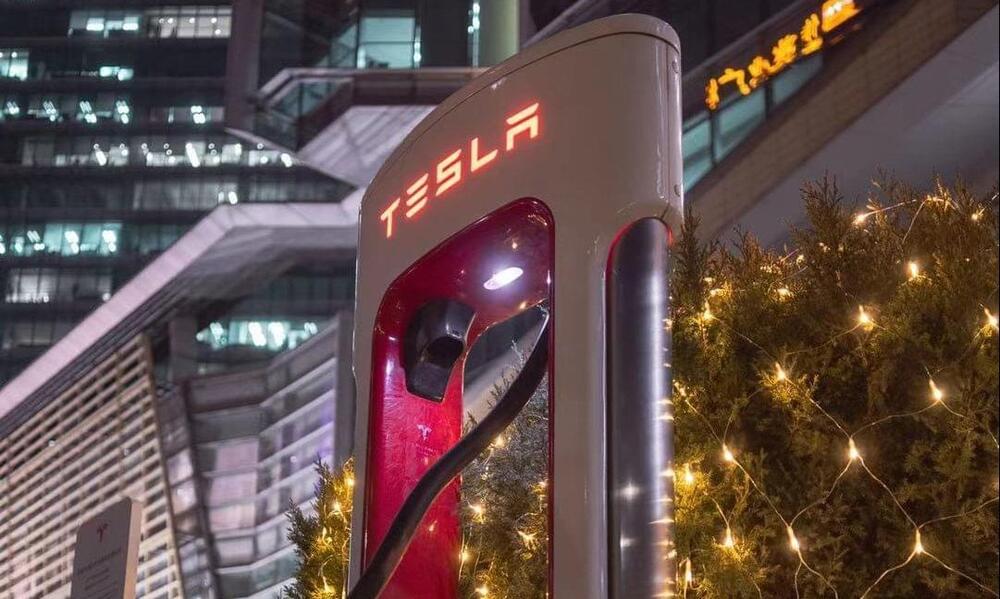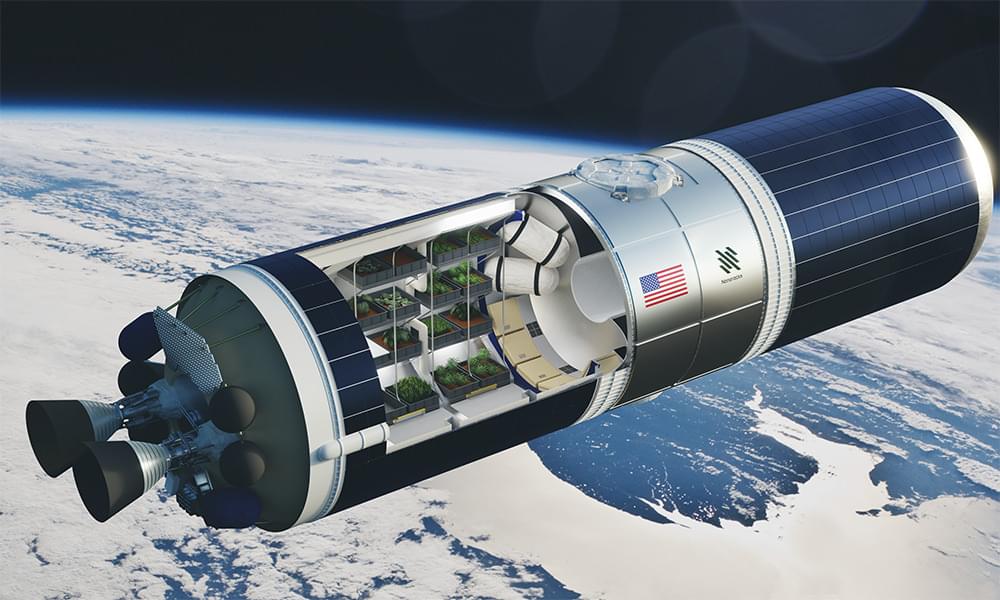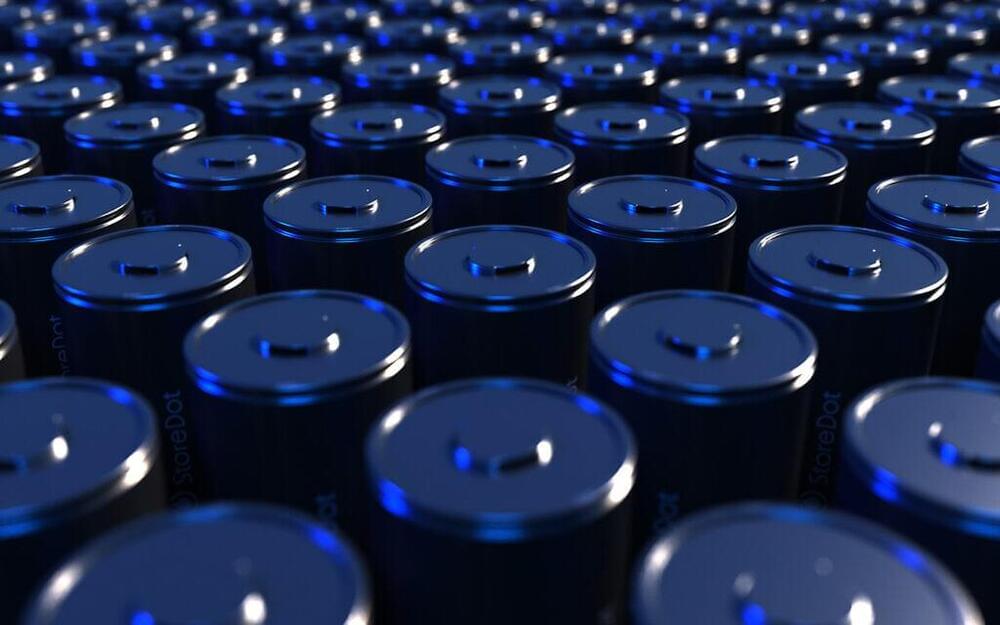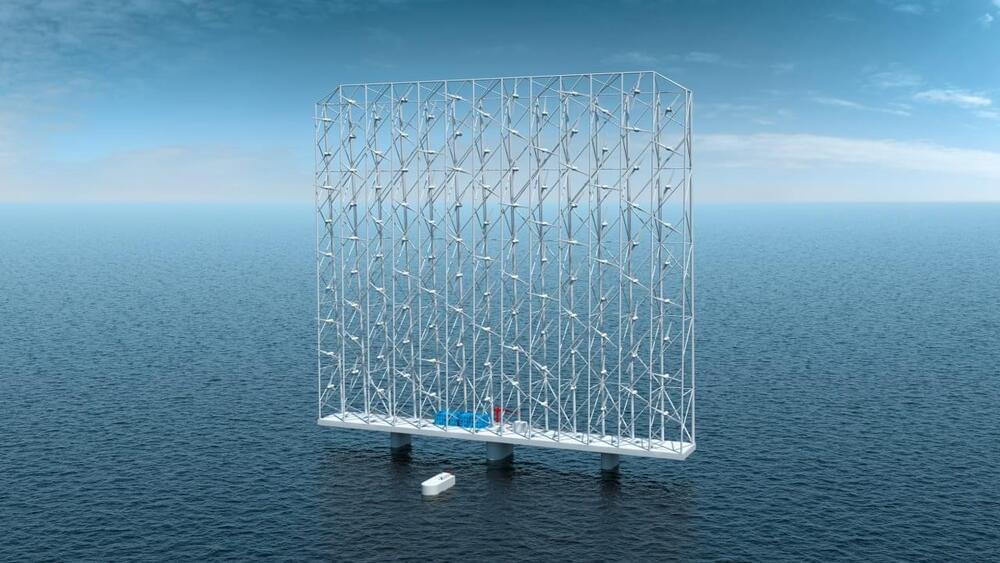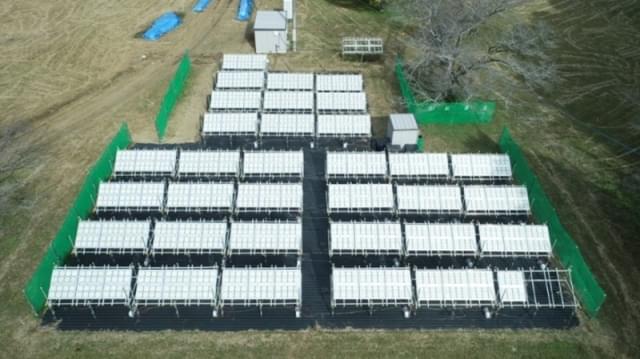It was a moment three years in the making, based on intensive research and design work: On Sept. 5 for the first time, a large high-temperature superconducting electromagnet was ramped up to a field strength of 20 tesla, the most powerful magnetic field of its kind ever created on Earth. That successful demonstration helps resolve the greatest uncertainty in the quest to build the world’s first fusion power plant that can produce more power than it consumes, according to the project’s leaders at MIT and startup company Commonwealth Fusion Systems (CFS).
That advance paves the way, they say, for the long-sought creation of practical, inexpensive, carbon-free power plants that could make a major contribution to limiting the effects of global climate change.
“Fusion in a lot of ways is the ultimate clean energy source,” says Maria Zuber, MIT’s vice president for research and E. A. Griswold Professor of Geophysics. “The amount of power that is available is really game-changing.” The fuel used to create fusion energy comes from water, and “the Earth is full of water—it’s a nearly unlimited resource. We just have to figure out how to utilize it.”
